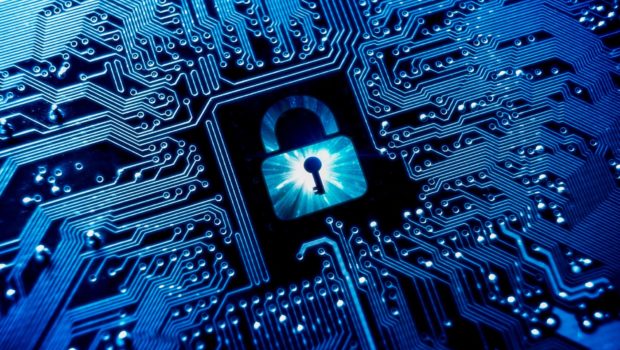How the Advancement in Technology has Impacted the CyberSecurity Industry
There are new headlines every week detailing cyber attacks and security breaches. Millions of consumers and thousands of organizations around the world are affected by cybercrime. Online consumers increasingly experience personal data being exposed in a security hack commonly these days. In most cases, a simple patch could’ve prevented the security breach.
On the other hand, the cybersecurity industry is growing at an approximate rate of 11 percent annually. According to a recent report, the global cybersecurity expenditure is expected to cross $ 1 trillion between the years 2017 and 2021. But with the continual security breaches, is the cybersecurity industry really protecting its customers?
Statistics indicate that it may not be offering adequate protection from cyber crimes as there was a 21 percent increase in businesses falling prey to cyber attacks in the United States alone.
The main reason behind an increase in these attacks is the increase in smart gadget and mobile use within organizations. This blurs the network perimeters leading to more points of susceptibility. Effectively, attackers get access to more points of attack.
Networks have slowly evolved from wired to wireless in the last few decades. Many cybersecurity methods from the past cannot withstand the sophisticated technology onslaught from the cyber criminals of today. While some new age firewalls and anti-virus solutions are useful, they remain preventive measures.
Furthermore, many businesses have based their cybersecurity on the Kill Chain model. This model emphasizes mainly on intrusion and malware. However, it does not have the ability to detect threats that reach past the perimeter firewall.
Businesses today are extremely digitalized, and the detection of anomalies and defending an undefined perimeter is beyond the scope of available technologies.
The most crucial element in cyber defense is the capability to identify a threat in every area of a blurry, wireless network. However, it does not end there. The cybersecurity industry must turn its focus to software that is detection-based and incorporates Machine Learning (ML) and Artificial Intelligence (AI) systems. Cybersecurity measures must not only be able to identify the threat but also address it rapidly.
ML and AI usage is critical if the response time is to be improved. Every second is important when there is an active cyber breach. Studies indicate that the detection of cyber attacks promptly can limit their impact on businesses by up to 70 percent.
In a recent example on how important response time is during a cyber attack, Oracle responded to a cyber breach as rapidly as humanly possible. However, the cyber attacker still managed to take off with Cryptocurrency worth $226,000. All this occurred in the minimal time it took to detect the threat and create a patch to deal with it.
The cybersecurity industry must keep up with the demands for stronger solutions by placing a greater focus on the detection of threats in real-time and making the response time shorter. The $75 billion cybersecurity will be able to offer better value to its customers by limiting the impact of attackers through quicker detection and rapid recovery solutions.
















